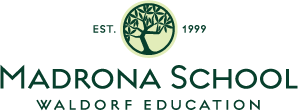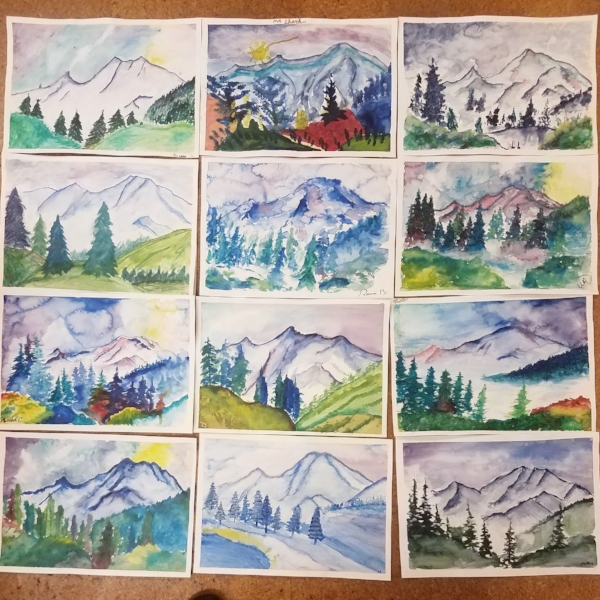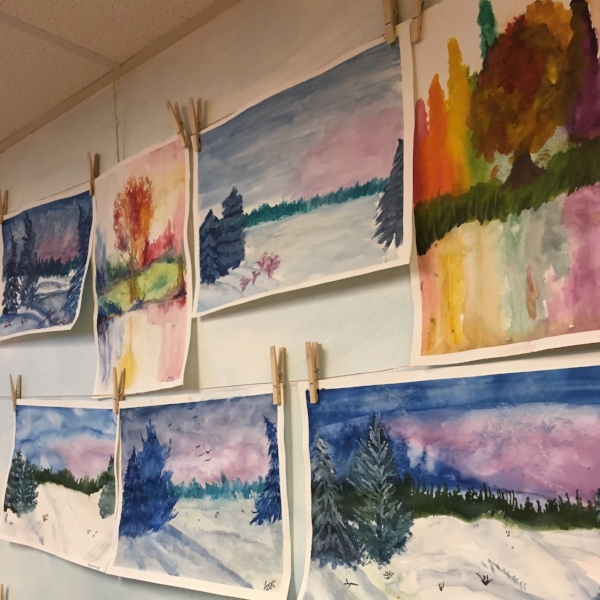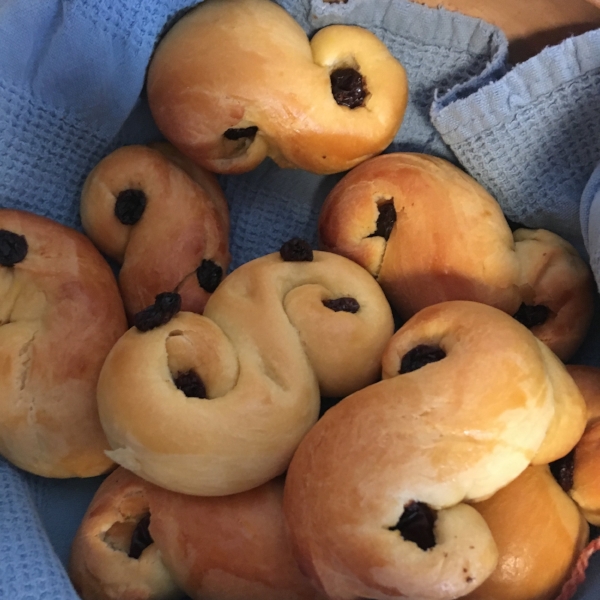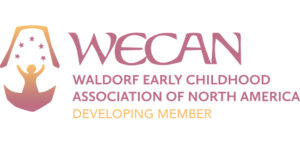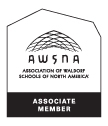The middle school years mark an important transition for any child, and there is much to celebrate around developing capacities and growth. 6th grade is often a year "in between" -- bridging the balance and relative ease of late childhood with the transformation of puberty, and as the year goes on there is often a palpable shift in the mood of the class. A 6th grader is often described as having "landed firmly on the earth," beginning to look inwards, even as their capacity for observation of the outside world sharpens. 6th graders want to understand the "whys" behind what their parents and teachers say, and they pay attention to what is fair. Peer groups are increasingly important too, as they begin to seek their place, and at Madrona School where a class has been together for years, there can be an ease and comfort to this process within school.
With the developmentally-appropriate curriculum in a Waldorf school, the subjects brought to the class reflect the shift into adolesecence. Sciences, both physical and laboratory, offer opportunities for observation and keep a sense of wonder in the world growing. History, through studying the Roman Empire and the Middle Ages, bring discussion of the spread of systems of law and order, as well as religion and culture. Math has a practical bent to it with business math and an introduction to economics, as well as form brought through geometry. It's a year with a broad and grounding look at the world.
This year our 6th grade, taught by Ms. Lori (with blocks taught by Ms. Toles and Mr. Steegmans), began with a geology block, including what can be observed in our corner of the world through an overnight trip to Mt. St. Helens. Physics, taught by Mr. Steegmans, offered practice making observations, using them as a starting point for uncovering some of the laws of the universe. We use a phenomenological approach to science -- teaching through observation and experience first, practicing careful watching, and then discussing and writing and repeating an experiment. Before the winter break, the class also studied the Roman Empire, including early legal structures and architecture. The class has also had a Business Math block with Ms. Toles, investigating differing types of economies throughout history, as well as some new math including percentages and calculating interest.
Currently, the class is studying medieval history, including both the spread of Christianity and of Islam, as well as a look at social structures. As a part of this block, they look at knighting codes of conduct and honor, and they work towards a knighting ceremony of their own, with an aim towards personal growth and service, celebrating the results with a class gathering.
In the weeks that remain in the year, they will do geometry, grammar, astronomy and perform their class play. Beyond main lesson, they continue Spanish, strings and games classes. This class has long had a particular interest in painting, and this year their work is really developing as they play with new techniques and subject matters. They have handwork, with a chance to not only make something, but experience a bit of designing from paper to a 3-dimensional object. They join the other middle school classes for choir and stay later on Fridays for community electives -- artistic and active classes, often outside the confines of the school building. It is a full year, and just the beginning of a new phase in their personal and school journeys!
Want to know more about middle school and 6th grade at Madrona School? Ask your student's teacher, or contact the school office.
--edited from the school newsletter, January 23, 2018
